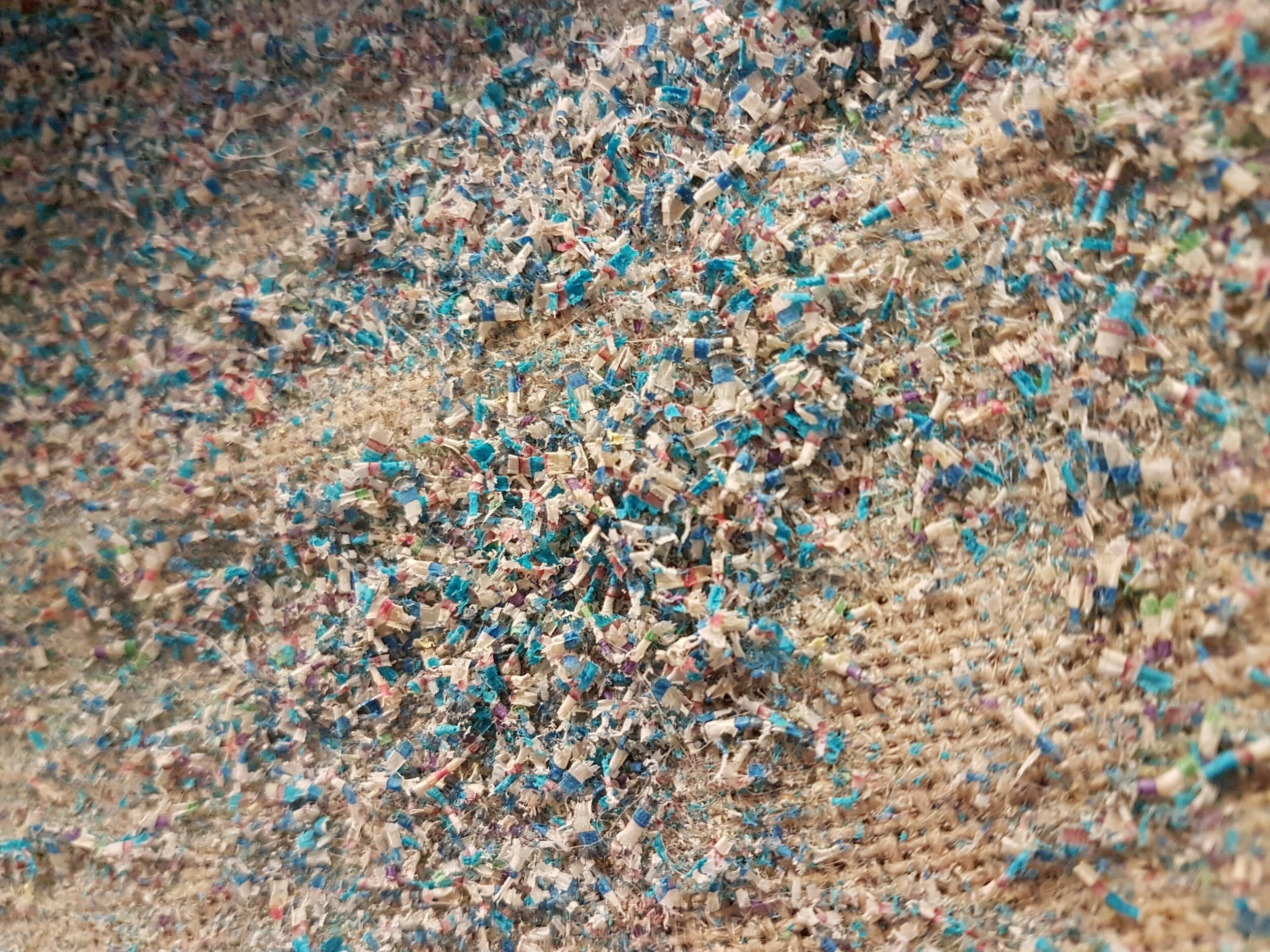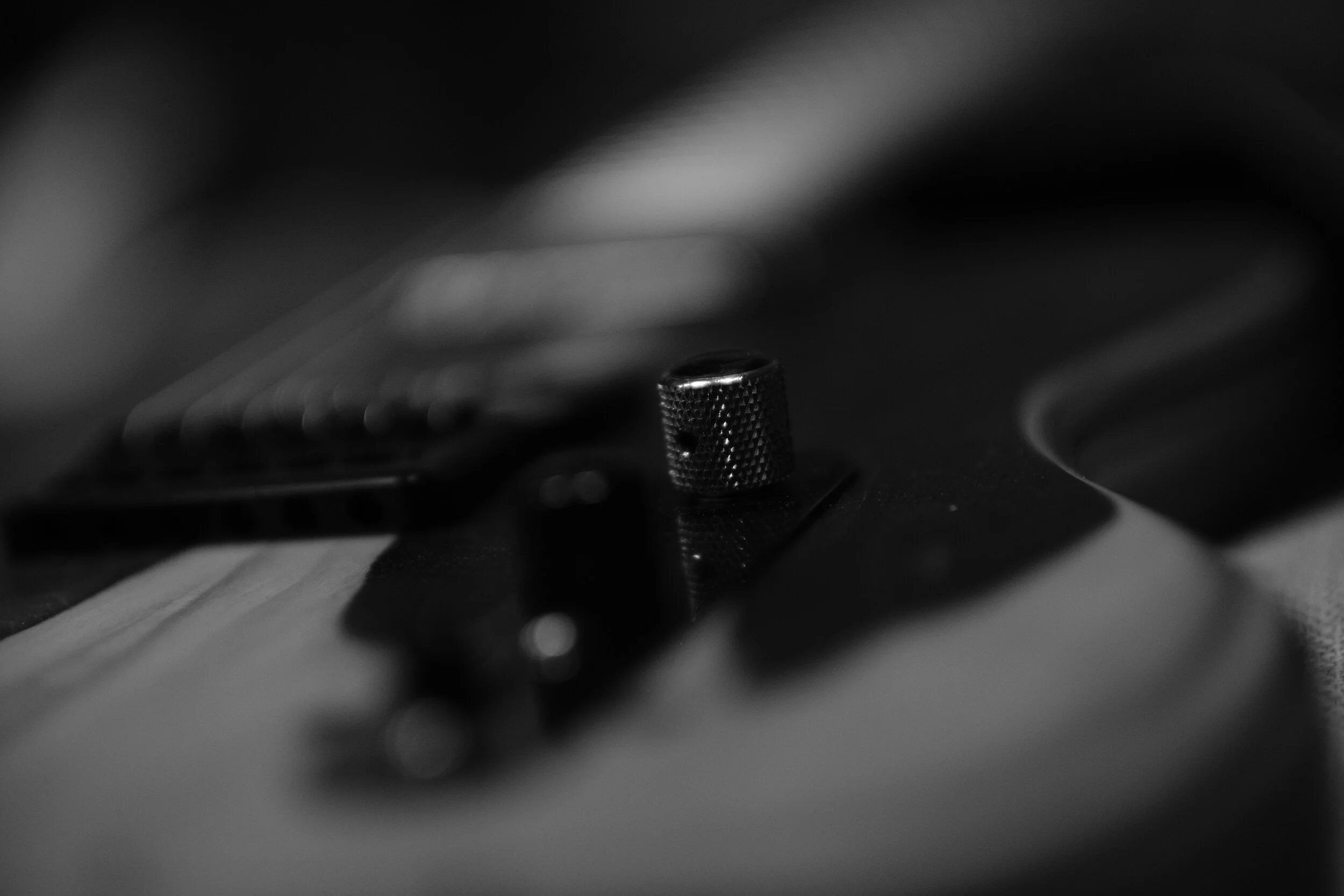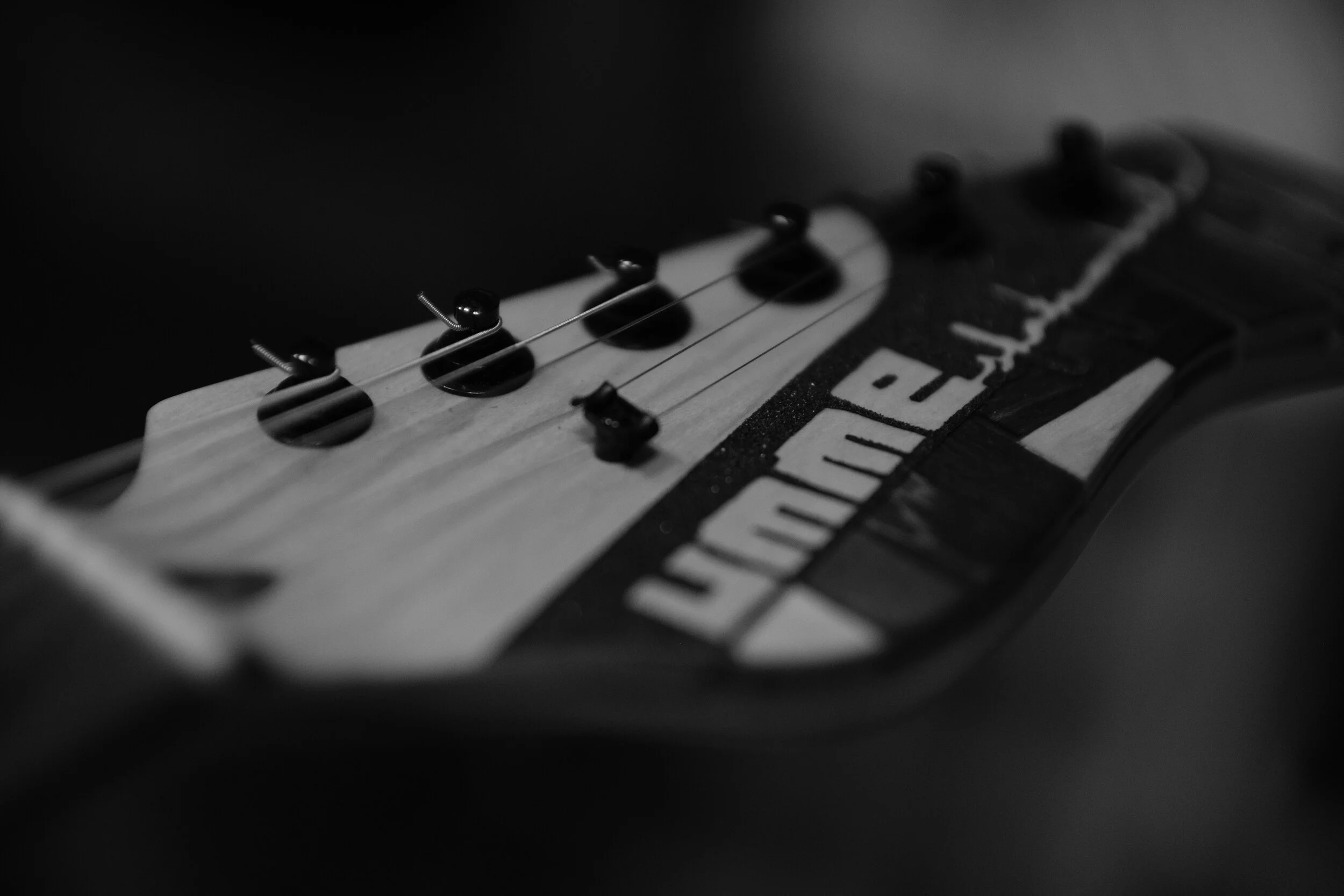
During lockdown in spring 2020, I, like many others, had a bunch of time on my hands and a tough mood to carry. Once the situation had cooled down a bit, my good friend and co-conspirator Arvid came to town. We shared 420 minutes of gaming, chatted around music and told each other about all that had happened during quarantine. I am unsure exactly why I brought up skate guitars, but it was probably because I got shit for getting hurt on my board. I had to convince him that there is more value than harm in skateboarding!

If you are down to cut yourself a slice of motivation - get some!
To anyone who is looking for advice or insight into the life of a professional guitar craftsman, pro skater, or musical virtuoso... let me confess: I am neither of those things. I am Basti Boodle, an ordinary life enthusiast with a stack of self-taught passions. My main reason for sharing all of this with you is that I hope to ignite a spark of action for the creativity within you, no matter if it‘d be related to guitar building, skating, music, community exchange or any other rad endeavour.
The Skate or Don’t project was the first release for Umme. It’s the story of how I built an electric guitar from recycled skate decks. I am laying it all out for you - my journey, resources, workflow & material. And since this is the first guitar I’ve ever built, there were obviously fuck-ups along the way, too. So here we go…
The First Push
Before you can start working with your skatewood, you need to get rid of all material that seals the wooden surface of each deck. That means getting rid of the griptape, any left over glue, graphics, stickers and coating.
Trim the treated decks, such that they can be pressed and glued together more easily. Cut all excess wood, which is large enough and left after trimming, into 1.5cm wide slices. Leftover bits and saw dust can be collected for various purposes.

The Shape of Things to come
Stack and glue several deck planks to create a solid skate wood sandwich by using a lot of force. You don’t have a hydraulic press? No problem. Simply build a mighty, steezy-squeezy contraption with little effort and even on a tight budget.
Once you’ve kept the stacks of decks in the press for a day, you can release them from captivity. Now, planarize the resulting sandwich and, voilà, here is your psychedelic wood plank.
Build a mold to layout your design and pour a bunch of epoxy resin over it. Once the result sets, it’ll be tough as a rock and clear like water. At least that’s the theory.
You should handle epoxy with care. Even with most things considered, you may just end up in a dark basement fighting bubbles with fire.
A slam will force you to think about getting up and best case it’ll teach you how to roll away on your next attempt. You can quite literally roll away from a sketchy epoxy trick using a router!
With all layers ready, compose them into one last sandwich with a liberal amount of glue in between. Under a lot of pressure, let it cure for a day.
Draw, saw and route along the outlines of a guitar body template. Just make sure the width of whatever model you choose fits your body blank, duh…
Carve an arm- or chestrest into your guitar body using a fan grinder. The layers of color you dig through will tell you stories. Uncover them and get carried away!
Neck, pickups, bridge, hardware, electronics, you’ll have to make some tough choices. Study your options and align them with your aspired sound, visual concept and crafting skill.
Crafting an Electric Guitar
Shape a tightly fitting neck pocket for maximized resonance of sound between neck and body. Define alignment of the vertical axis and establish the neck position to measure the scale for your guitar.
Attach neck and body. Then thread some fake strings onto your soon-to-be guitar and carefully measure the scale from nut to saddle. Now mark the placement for your bridge.
Depending on the type of bridge you buy, you may have to quickly drill 6 holes through your body and attach string ferrules. NO, DON’T ATTEMPT TO DO IT QUICKLY! Do it properly and unlike me…
On a side note: Several online shops sell routing templates for most common guitar parts. But it is fairly easy to make them yourself - even without a CNC milling machine.
Align and fix your templates to the body and carve a smooth couple of routes to create the remaining pockets. Don’t enjoy the results of your work too much, the wood you uncover will be filled with hardware anyway - a small price to pay.
Finalize the body sculting process by digging some tunnels. This includes both a socket for the input jack as well as channels to run wires towards the control cavity.
Don’t rush into implementing your design. After finishing the body, it’ll be the perfect time to take a step back and evaluate options for a custom headstock shape and hardware color accents.
As the name already hints at, the headstock can be considered the face of a guitar. Once the body is dressed, go ahead and model it. While you’re at it, why not embed a sheet of skatewood for good measure?

Wrapping Up
Only one last sanding and some masking tape application are required before finish can be applied to body and neck. Afterwards, you’ll dust off your workbench for the last time - a good time to contemplate.
Time has come to seal the deal and apply finish on the guitar. To get the job done, I recommend the Oil & Wax kit by Goeldo. The mixture yields a yellowish matte glow and certainly makes the colors pop.
Turns out there is always that one last chance to ruin your guitar. How? It is easy. Simply neglect any woodworking advise while making adjustments for the final assembly.
Shield the electronics cavities and start mounting all parts. Your instrument is almost ready to come to life.
Grab your soldering iron, pots and switch. Wire your guitar to make it ring! I may have some more insight for you, but my own guitar probably still wouldn’t work if it weren’t for Aurora, Freddy and Heinz.
Slap a decal, or some laser cut griptape, onto the headstock and enjoy the fruits of your labour. Be amazed at the progress you have made and share with the world what you have achieved. Most importantly, give your instrument a good shred session. Skate or Don’t!!!


























You need a block of wood to shape the instrument body from. You’ll need decks to be able to create this body blank. If you aren’t surrounded by a community of skaters and have not collected a ton of boards beforehand, it may be difficult to acquire them quickly.